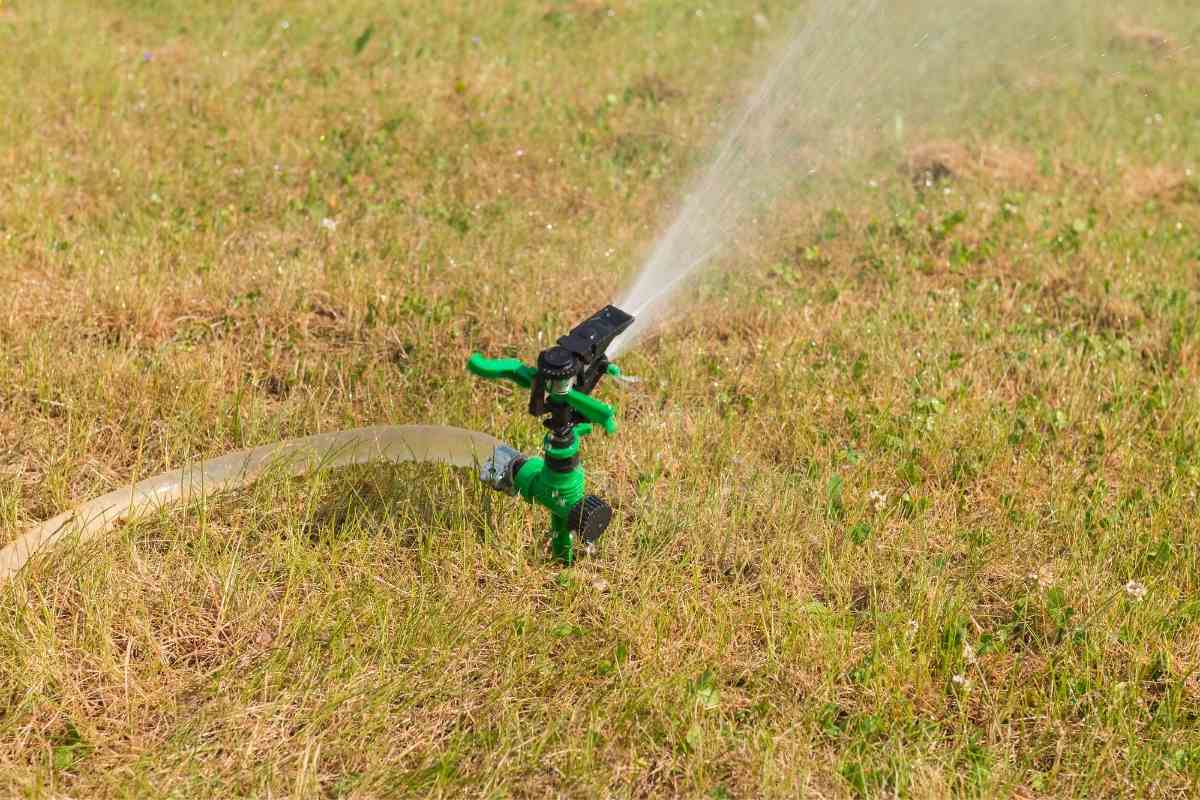Owning a beautiful and healthy lawn significantly adds to your home’s appeal, but maintaining the lush green color takes a lot of effort.
Sometimes, the grass can turn yellow, ruining the bright green hue.
Luckily, you can turn the grass green again with a few simple steps.
- During summer, you need to water, mow and fertilize your lawn.
- In fall, you rake the grass to prevent suffocation from all the leaves.
- During spring, you need to keep your soil aerated; else, the lawn dies off.
Despite your extraordinary efforts to maintain your lawn beautiful in all seasons, you may veer off your maintenance schedule.
That is when you start to notice yellow patches on your lawn.
The good news is that you can revive your grass with a few steps.
Can Yellow Grass Turn Green Again?
There are many reasons why your grass would turn yellow.
It could be some patches or the entire lawn. Light green or yellow patches on the grass indicate something is wrong.

It could be challenging to tell where the problem lies since all lawns are different.
However, once you know the cause of discoloration, you can correct it and turn your yellow grass green again.
Some common causes of discoloration include improper lawn maintenance, insects, or soil deficiencies.
What Makes Your Grass Turn Yellow?
There are many reasons why your colorful lawn would start turning yellow.
Some of these reasons include the following.
1. Drought
During the summer, there is little rainfall or humidity and a lot of sunshine.
Therefore, it is common to see a lawn turn yellow during summer.
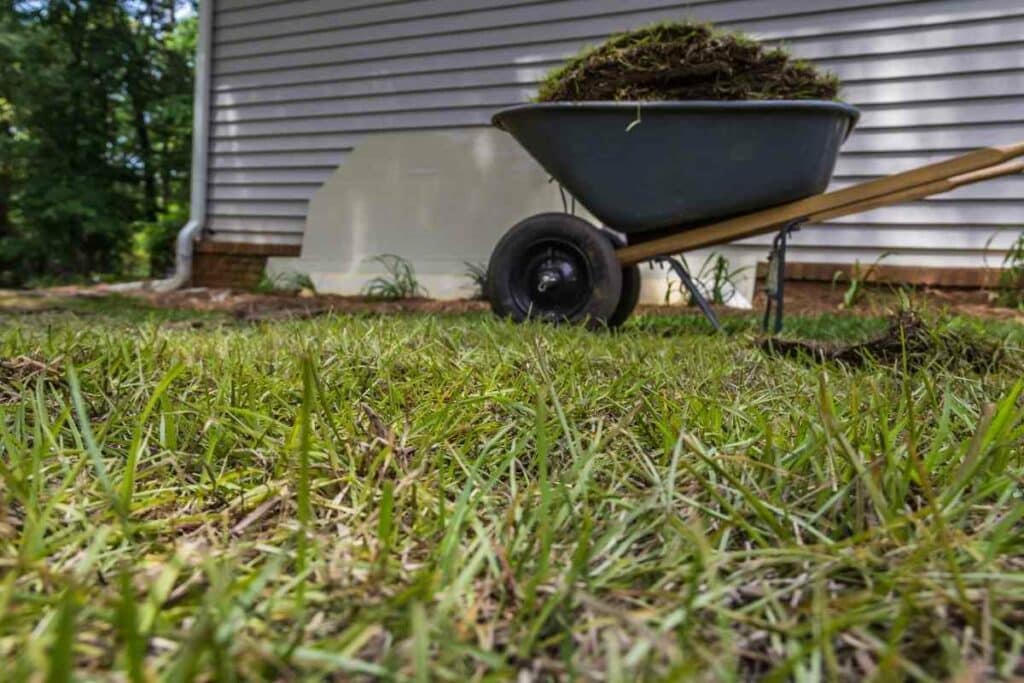
2. Waterlogged soils
Too much water blocks air spaces, resulting in a limited oxygen supply in the soil.
The root development slows down, and sometimes, the roots rot.
Alternatively – The roots grow close to the surface, meaning less nutrient, oxygen, and water uptake.
Consequently, the grass has insufficient nutrients and eventually turns yellow.
3. Lawn diseases
Another reason your lawn turns yellow is due to lawn diseases.
You can diagnose these diseases by checking if your lawn has small yellow spots that keep getting bigger or show signs of undergrowth.
Lawn fungus and dollar spots are the most common lawn diseases.
4. Dog urination spots
If you have a dog and notice a hidden spot on your lawn turning yellow, there is a chance that your furry friend is behind the damage.
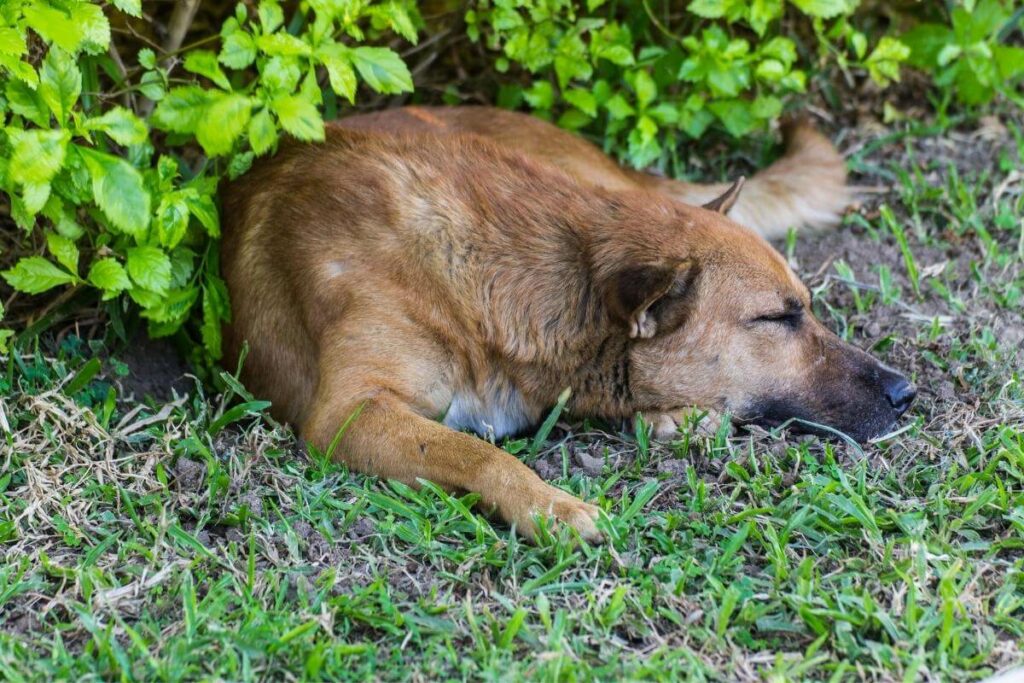
The high nitrogen compounds in urine harm grass and often cause yellow spots.
5. Under fertilization
Like any other plant, your grass needs nutrients for proper development.
If you do not feed it enough nutrients, you will start to notice yellowing of the leaves.
Also, different seasons will demand different nutrients, and failure to observe this could lead to your green grass turning yellow.
6. Overfertilization
Adding fertilizer to your lawn is good: however, too much of anything is poisonous.
When you add too much fertilizer, the excess nitrogen salts burn the leaves on the grass.
If you notice brown leaf blades on your turfgrass, you should take a break from adding fertilizer to the grass.
7. Poor lawn maintenance
While trying your best to keep your lawn in the best shape, you may be doing something wrong.
For Instance – When you mow your lawn too close to the soil, you leave the earth exposed to the heat, meaning more evaporation and less water for your grass.
For this reason, the grass starts yellowing.
The same goes for neglected lawns. It suffocates if you leave the leaves that fell on the grass during fall.
It does not receive sunlight to make food, which results in the leaves’ yellowing.
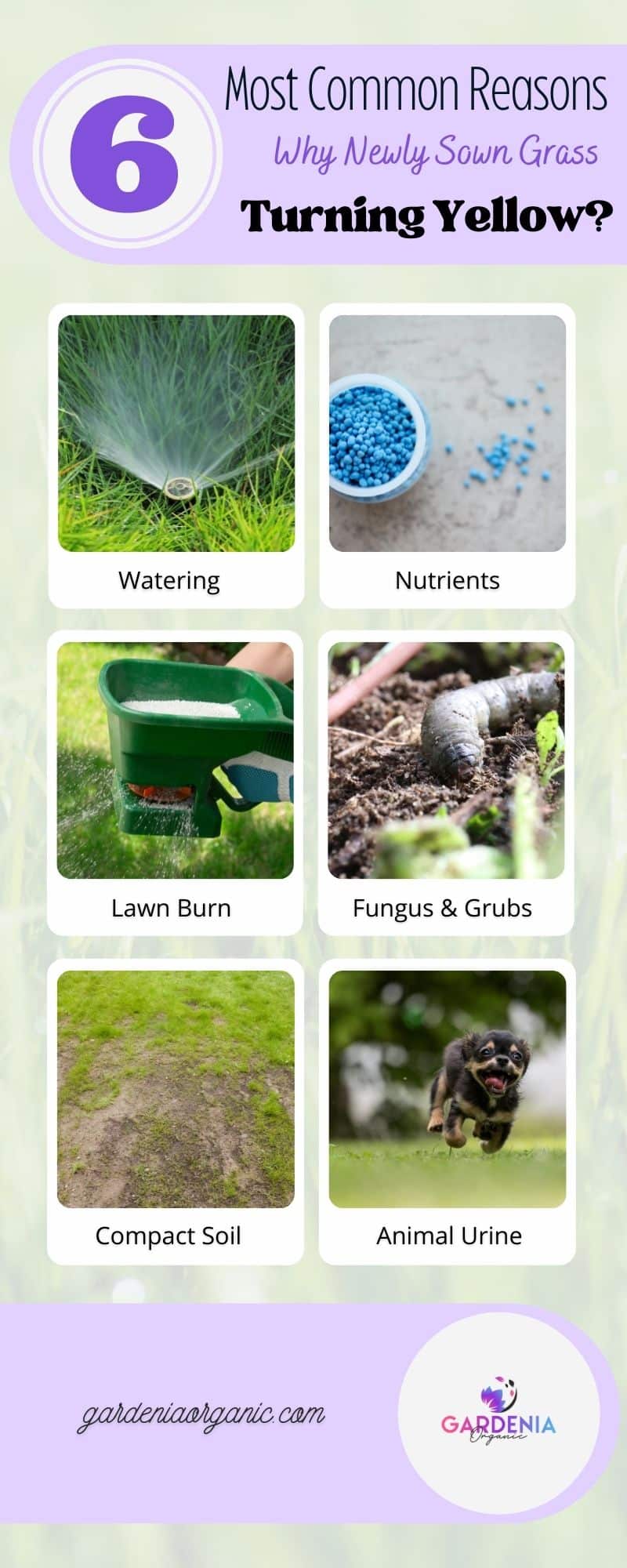
Is Yellow Grass Dead Or Dormant?
All grass goes through a dormancy period in the year.
So, when you notice the brown or yellow leaves on your grass, do not worry; it is only dormant, not dead.
However, how is dead grass different from dormant grass?
Dead grass
Dead grass is the one that does not bounce back to life even after all the care and feeding.
It often is yellow and looks so much like dormant grass.
For Dead Grass – Adding water and fertilizer will be futile. The only solution is to plant new grass.
If you want to know if your grass is dead, grab a patch and give it a little tug. If it flies out of the soil, then it is probably dead.
Dormant grass
Dormant grass can quickly come back to life with proper care.
Usually, the grass goes into dormancy due to very low or very high temperatures.
The leaf blades turn brown and look dry.
However, when you add water to the soil and some fertilizer, the grass returns to life in less than 2 weeks.
Dormant grass has white and firm roots.
How Long Does It Take Yellow Grass To Turn Green?
The next step is to take corrective action upon identifying the reason behind your grass yellowing.
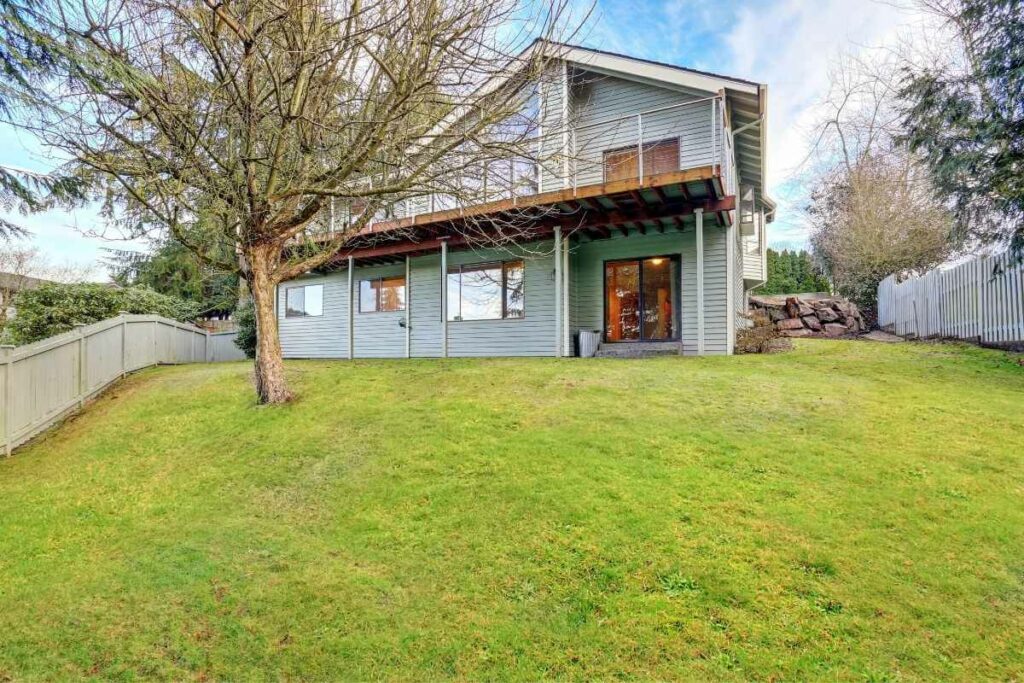
This would mean adding more water, nutrients, or insecticides to kill the insects living off your grass.
When you do so, you can begin to see the results in a week or two:
- If you add a slow-release nitrogen fertilizer to your grass, you will notice the turf turning green in 1-2 weeks.
- If your grass is dehydrated, adding water regularly can turn your grass turning green in 7-10 days.
However, grass with dormant roots could take up to 4 weeks to come back to life.
What Are The Different Methods Of Turning Yellow Grass Green?
Since there are numerous reasons why your grass might be yellowing, there is no universal solution.
For instance, a dry lawn will need water, while an under-fertilized lawn requires nutrients.
Here are methods of resolving different lawn problems that contribute to yellowing leaves:
Curing fertilizer burns
The solution to fertilizer burns takes a lot more than watering and giving your lawn sunlight.
The first step is to identify the problem before it spirals out of hand.
If you spilled granular fertilizer, pick up the excess using a broom or a vacuum.
Works Well – In the affected area, add some water. This helps dissolve the fertilizer and wash it into the soil, where the grassroots are.
Watering
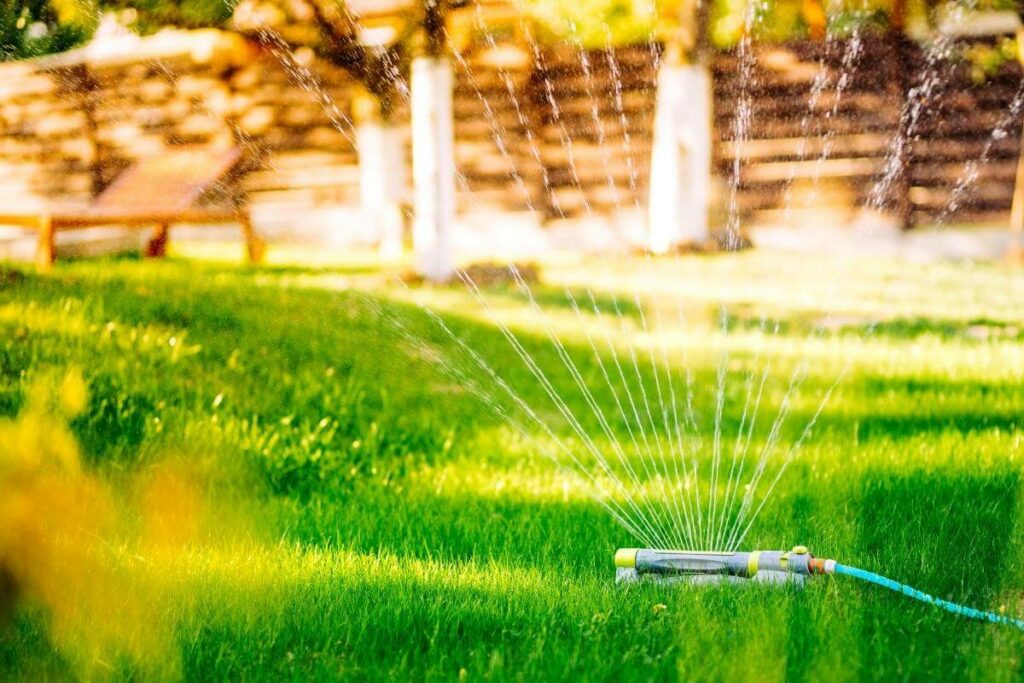
As mentioned, insufficient water can lead to your grass yellowing.
To correct the situation, you can increase the frequency of watering your lawn.
If you did not regularly water your grass, you could start adding water at least once daily until it is rainy season.
While adding water, avoid overwatering your grass.
Adding nutrients
Under fertilization means that your grass does not have enough nutrients to maintain its deep green color.
Little nutrients in the soil result in less chlorophyll production in your grass, thus discoloration.
To resolve this, consider adding fertilizer, preferably organic fertilizers.
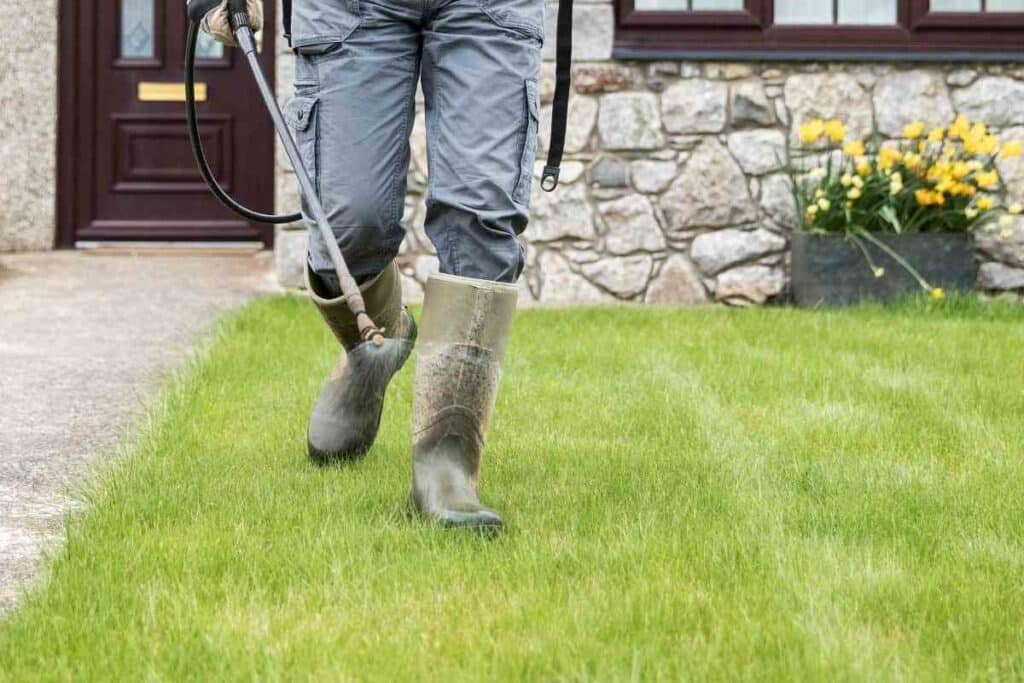
Adding fertilizer to your grass results in increased chlorophyll production, which means a beautiful, healthy-looking lush green lawn.
Always Good Idea – Fertilizers also improve soil properties, such as water retention and aeration, that promote healthier-looking lawns.
Treat your lawn diseases
A lawn infested with lawn fungus or dollar spots is easy to treat.
You can walk into your nearest agro-shop and get fungicides to treat fungal infections on your grass.
However, you must be swift with the treatment to salvage your beautiful lawn.
Frequently Asked Questions
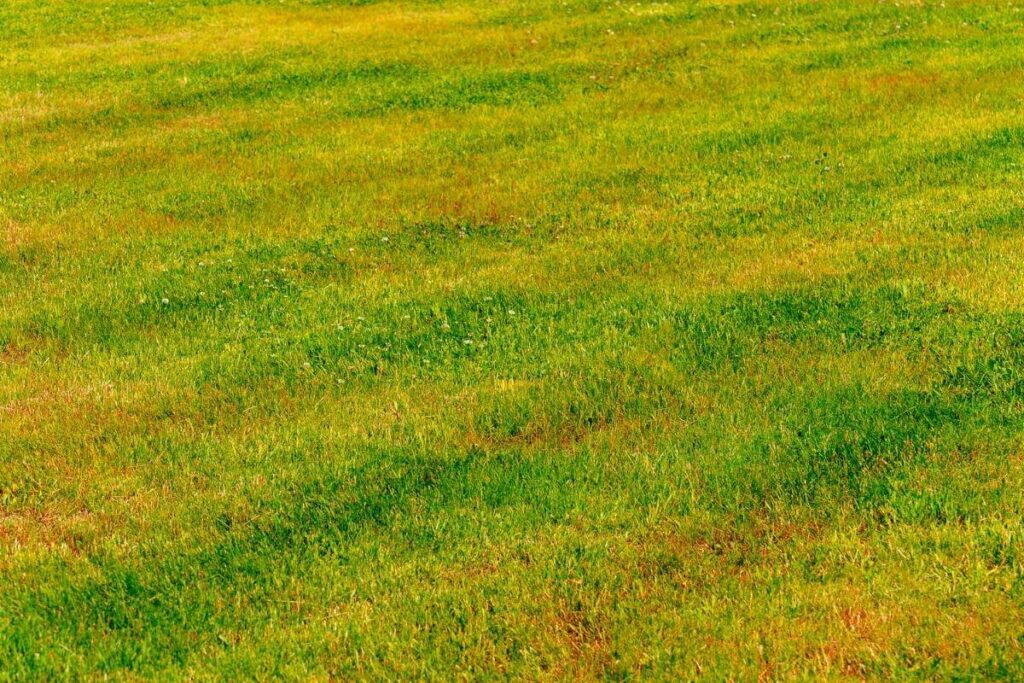
Can overwatering grass turn it yellow?
Yes, too much water leads to waterlogging. Plants growing in waterlogged soils have shallow roots.
Therefore, they take up fewer nutrients, oxygen, and water.
Due to the lack of nutrients, your grass would turn green when the soils are waterlogged.
Does grass turn yellow during winter?
Yes. It is common to see a lush green lawn turn yellow during winter.
The yellowing of grass is due to the lack of sunlight, mainly due to snow cover and low temperatures.
Do Not Panic – In most cases, the grass is only dormant, so proper care can turn the grass green in no time.
Final Thoughts
Beautiful green lawns are every homeowner’s dream.
However, you could be struggling to keep up with your lawn maintenance, which leads to the yellowing of grass.
If so, do not worry; turning your yellow grass green again is easy. However, the solution exceeds adding water and leaving the grass with enough sunlight.
Be attentive to the health of your lawn. Some causes of yellowing grass can be irreversible when left alone for too long.
Dog’s urination is one of them, and you should get a urine-neutralizing compound to salvage your grass.
Otherwise, if you notice yellow patches on your lawn, you can quickly turn your yellow grass green again.
